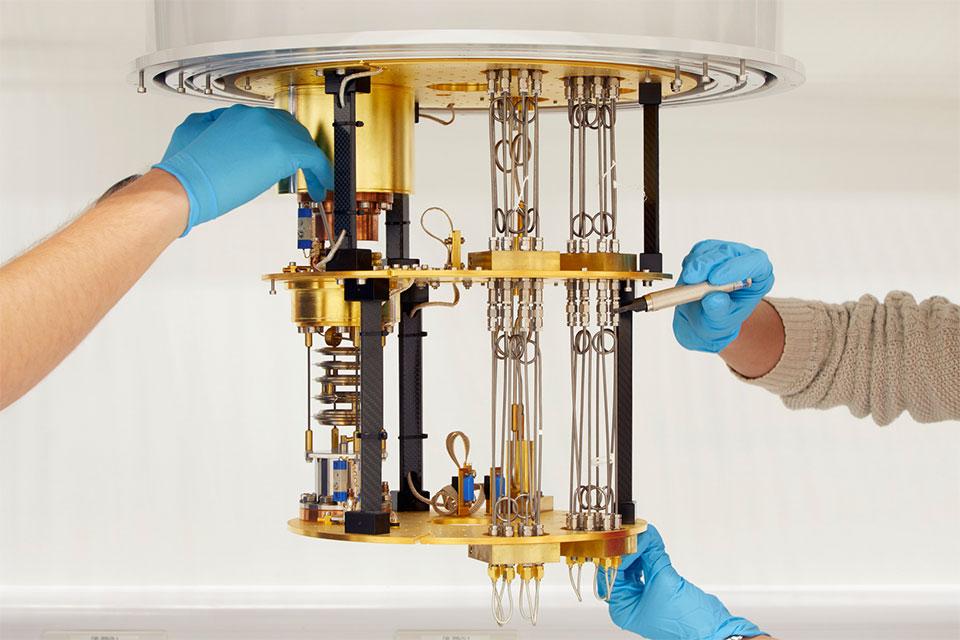Clarendon Laboratory, Department of Physics, University of Oxford, Parks Road, Oxford, OX1 3PU
Dr Witold Skowroński, AGH University of Kraków
Magnetic materials have been successfully applied in a number of practical devices ranging from sensing to storage and novel neuromorphic computing platforms [1]. Control of the magnetization state have been typically realized using external magnetic field or spin torque, where spin polarized current enters magnetic bit and exerts a torque on a local magnetic moment. However, such process is relatively slow and energy inefficient, therefore, alternative control mechanisms are necessary [2]. In this talk I will discuss how electric field in a magnetic multilayer structure can affect magnetization. I will focus on the effect called voltage controlled magnetic anisotropy (VCMA), where the interfacial magnetic anisotropy of a thin magnetic layer is affected by an electric-field. The strongest effect [3] have been experimentally observed in magnetic tunnel junction (MTJ) – the trilayer consisting of two ferromagnetic films separated by a thin tunnel barrier – which has been the most successful spin electronic component to date. I will also mention magneto-electric effects that have been recently presented in a physical realization of magneto-electric spin-orbit logic (MESO) concept [4]. The ferromagnetic resonance (FMR) will be also discussed as a powerful tool to study the properties of magnetic multilayer systems. Magnetization dynamics in MTJs induced by electric fields or spin polarized current can be also used in the design of novel radio-frequency electronic components such as energy-harvesters or artificial neurons.
References:
[1] – B. Dieny et al. Nature Electron. 3, 446 (2020)
[2] – S. Manipatruni et al. Nature Phys. 14, 338 (2018)
[3] – T. Nozaki et al. Phys. Rev. Appl. 5, 044006 (2016)
[4] – D. Vaz et al. arXiv:2302.12162 (2023)

